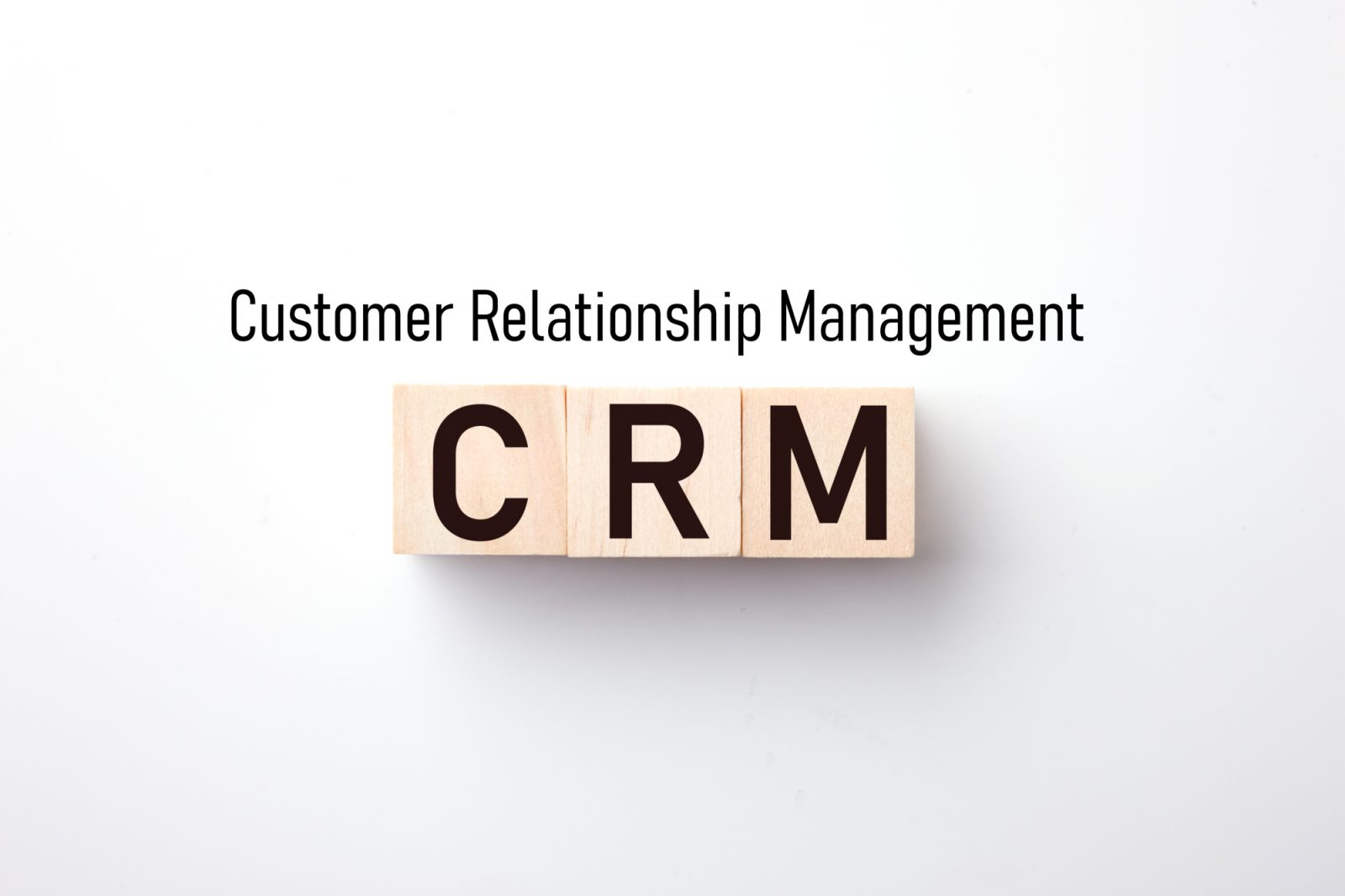CRM implementation cost is a big factor in choosing the right system for your business. Whether by purchase or subscription, it is a challenge to determine the real cost of implementing and maintaining a CRM software.
Ultimately, the overall CRM implementation cost should only be a fraction of the return you realize over time. That said, clearly those who sign the checks have to know how big the check is going to be.
The following breaks down various areas related to CRM implementation. It also provides some guidance on how to estimate the costs.
Typical CRM Implementation cost for a 10 User Team
| Internal Manpower | Vendors/Consultants | Total Cost | |
| Selection | $2,880 | $0 | $2,880 |
| Implementation | $1,200 | $5,000 | $6,200 |
| Training | $540 | $3,000 | $3,540 |
| Business Dependency | $2,500 | $2,500 | $5,000 |
| $7,120 | $10,500 | $17,620 | |
| Assumptions: Internal manpower hourly rate – $30 | |||
| Detailed breakdown of costs for CRM solutions like Salesforce.com, SugarCRM, Zoho and Infusionsoft. | |||
Selection
Yes, even the process of choosing a customer management system costs money! In fact, some companies spend literally years and thousands of hours choosing their system. While that drawn out process is not recommended, it is true that proper planning and organization of the “shopping” process sets the stage for success. In fact, historically, 50% of CRM implementations fail to meet management expectations. It is important to know that making a good start of things sets the direction for the entire journey
Document requirements
This is the crucial step in the entire process. As they say,”start with the end in mind”. CRMs are so multifaceted. That’s why it’s very easy to get too focused on the wrong bells and whistles. There are multiple people with various roles. Therefore, certain individuals or teams may love specific capabilities. However, you should identify going in what are the “must haves” vs. the “nice to haves”. To see examples of how other companies have created their requirements lists, click here.
Vendor discussions
To minimize the amount of time invested on vendor dialogs, do the following. Firstly, identify one to three people on your team that will handle most of the vendor coordination. This will keep the bulk of your team from having to invest a lot of time in each vendor.
Secondly, prepare a clear and thorough requirements list and send this to your vendors. Wait for the responses. Then, see who can handle all of your “must haves”.
Demos
You’ll probably find 3 to 5 vendors that fit your requirements and your budget. You’ll want to get in depth demos of each. Be sure that all areas of your team are represented. Moreover, create a structure for each member to have a vote so you can choose a winner after it’s over.
Internal meetings and debates
Management doesn’t take the time to get the end users on board. This is the primary mistake made in implementing CRM implementation. Eventually, they’re going to make or break the system.
If they feel like they had no say in the selection, then they are not likely to be thrilled. Thus, more internal discussion is a GOOD thing. Invest in soliciting input from all involved users. Additionally, ensure that representatives of every department are involved in defining requirements. They should be inovlved in getting demos and planning implementation too.
Negotiations
Believe it or not, negotiating with vendors can be time consuming. There may be multiple software vendors and multiple consultants. Thus, insist on reading the terms of service from each vendor in advance. You cannot afford unexpected surprises!
CRM Implementation Tip: Estimate a minimum 96 hours of internal manpower for a team of 10 to 20 users.
CRM Implementation

Let’s be honest. Software vendors will always make it seem easy to setup and use their software. Some will tell you that you won’t need any help. You just logon and go to work. Undoubtedly, others will tell you that you really must hire a “certified consultant” to configure things for you.
No matter the solution you choose and the level of difficulty of that solution, you are implementing software in your business that every customer-facing employee will rely on in some way. Surely, that’s a big deal! Consequently, the greatest risk is the disruption of the work that these people do. Done wrong, a CRM implementation can cost millions in lost productivity. Moreover, it can also cost you poor customer service and even lost revenue.
The industry rule of thumb is that you should expect to spend $1 on consulting related to implementation. This is for every $1 in annual subscription costs for a cloud based system.
Expect to spend $1 on consulting related to implementation for every $1 in annual subscription costs
Data clean-u
You’ll probably be pulling together data from various sources. Expect multiple files from the sales team and others from marketing and still more from operations and accounting. As a result, there will be duplication across all of these sources. Plus, you’ll get various bits of critical info to glean from each source.
The costliest way to manage this is to have your admin assistant try to sort it all out in Excel. Of course, this just leads to staring at one row of data at a time trying to decide what goes where. It is so slow that by the time you’re finished, it’s all out of date. Thus, it is best to identify the crucial pieces of data. Their most reliable source and get someone skilled with databases and queries to put together a plan to bring it all together for you.
Data migration
Once you have all your data pulled together, it’s time to load it into your new CRM. If you have one big Excel file that needs to get loaded into the solution, then this should be easy with any system. However, it is highly likely that to truly leverage the capabilities of your new system.
Surely, you’ll need to load data into different “tables” within the system. The vendor or their trained consultants will need to help you understand what needs to go where. In addition, often, there are limitations. These are on which tables you can add data to directly so, you’ll need their help with the actual loading.
Timing
All day, everyday, things are evolving with your customers. If the process of cleaning up the data and then migrating it takes too long, you’ll end up with a CRM full of out of date information. That’s no way to get started.
Ideally, you plan a process whereby you pull together the latest information from all of the critical sources. Then, merge it all together and then load into the new system very quickly. Do this before you “go live” so the information is fresh and valuable to the users. Consequently, that often involves going through the process at least once as a dry run to get all pieces lined up properly.
Customization
This is the crucial piece. Out of box, one size fits all solutions are easy to get started with. On the other hand, it can only take you so far. Soon enough, you’ll find that the cool looking dashboards that are built into systems are not quite actionable information for your team. There are little details about the way you run your business and the nature of your relationships with customers. These make all the difference in the world.
Thus, your CRM implementation needs to make tracking and managing those specifics easy. Also, it is well worthwhile to bring in experienced experts to talk with your team about core processes and make objective recommendations about fields needed; key processes to focus on managing and automating; and key reports for management.
Indeed, there is an important balance between completeness and simplicity that must be struck. Too many fields and too many new procedures to learn will just overwhelm and turn off users.
Sometimes a phased in approach is best where the 2 or 3 most valuable and common processes are all you worry about in the beginning and the you add to the CRM over time.
Documentation of procedures
If you’re customizing the CRM, then the vendor’s documentation is not going to cut it. You need very simple and easy to understand procedures documents for each process and each role.
Integration
Moving customer information between the CRM and the accounting system or other marketing, backend or operational systems is usually worthwhile. However, this often requires technical expertise that even many consultants don’t possess.
CRM Implementation Cost
Estimate 40 hours of internal manpower and at least $5,000 in consulting fees.
Estimate 40 hours of internal manpower and at least $5,000 in consulting fees.
Training

Kicking things off with a good training session is crucial. Your team is busy and they’re just not going to stop what they’re doing for long to learn the new system. When it’s time to “go live”, you should have the “must do” processes clearly defined for each different type of user or role. They need to leave the training knowing how to do exactly what they are expected to do.
Current Staff
You can get everyone together in one room at one time and go through the system but, unless everyone has exactly the same job, they’re going to need to see different things and having people sit through learning how someone else should do their job is not very productive. Plan to put together a few groups of users by role and train them on the specific processes they need to master.
Remote staff
You can train remote users virtually. However, you’ll still need to plan on grouping them into training sessions focused on their role.
New Employees
Be sure you record the training sessions for all roles. This ensures that as new employees come on board, someone else doesn’t have to sit there showing them how to do all the little things.
Training Cost
Estimate 8 hours of internal manpower for coordinating and at least one hour per user plus $1,500 per on-site training visit by a consultant.
Business Dependency

In any CRM implementation, the greatest cost can be system failure. If you re-train your entire team to follow new processes that depend on your chosen solution, then your business comes to a dead stop if the CRM fails. If you’re choosing a cloud based solution, be sure you look closely at the downtime track record of the vendor. How often has the system been down in the last couple of years? What’s the average “outage” duration?
If you’re choosing a software solution that you’ll run and maintain internally, talk with other users about their experience with stability. Also, budget time for proper maintenance of systems and databases to ensure downtime is minimized.
Downtime Cost
For cloud based solutions, take their downtime track record over the past year and use that to estimate the # of man hours your staff will lose. Likewise, for locally installed solutions, budget a minimum of 16 hours per month for your IT staff to babysit servers, backups, software upgrades, etc.
What will it earn?
In case all of the above has gotten you squeamish about the whole project, don’t worry. The fundamental principle should be that your business will earn far more than all of the costs associated with CRM. Increased sales, longer customer lifetime, higher lifetime value per customer, higher customer satisfaction and more should all be the results of this endeavor! For an in-depth look at how to estimate the return on your CRM investment, stay tuned! We’ll be releasing and article very soon!
For locally installed solutions, budget a minimum of 16 hours per month for your IT staff to babysit servers, backups, software upgrades, etc.
